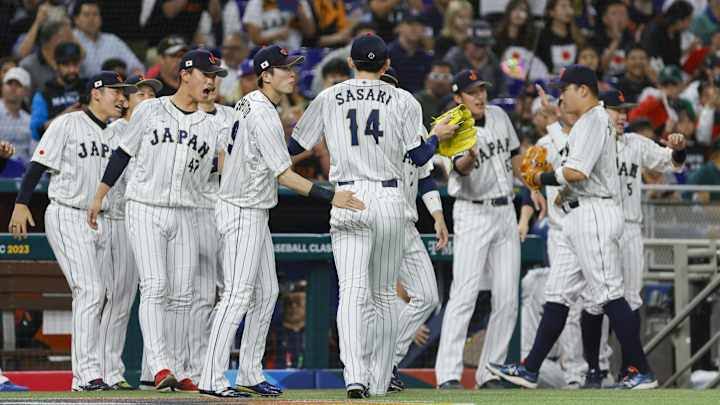After missing out on Japanese star pitcher Roki Sasaki, the New York Mets face mounting pressure to strengthen their rotation before the 2025 season.
A Crushing Setback in an Ambitious Offseason
The New York Mets entered this offseason with sky-high ambitions. They had already made headlines by signing the best position player on the free-agent market to a record-breaking contract. The next step was clear: secure an elite pitcher to anchor their rotation.
That plan fell apart when 23-year-old Japanese sensation Roki Sasaki officially ruled out the Mets as a potential destination. Sasaki’s decision dealt a significant blow to the Mets’ vision of building a championship-caliber roster, leaving them scrambling for alternatives as spring training looms.
Rotation Woes: Who Steps Up Now?
The Mets’ rotation, already shaky, desperately needed Sasaki’s electric fastball and game-changing presence. Without him, the burden falls on Kodai Senga, the re-signed Sean Manaea, and new additions Frankie Montas and Clay Holmes—who is making the risky transition from reliever to starter.
While this group has promise, it lacks the dominant ace that teams like the Dodgers and Phillies boast. The Mets must now decide whether this rotation can carry them deep into October or if reinforcements are essential.
Slim Pickings in Free Agency
Unfortunately, the top-tier arms in free agency have mostly been claimed. Corbin Burnes, Max Fried, and Blake Snell are off the board, leaving the Mets with a shallow pool of options.
Veterans like Jack Flaherty, Nick Pivetta, and former Met José Quintana remain available, but none project as difference-makers. These players could provide depth, but they don’t solve the Mets’ need for a front-line starter who can match up against the National League’s elite pitchers.
Trade Market: A Risk Worth Taking?
If free agency offers little help, the Mets may need to explore trades for established aces. Names like Dylan Cease (Padres), Sonny Gray (Cardinals), and Luis Castillo (Mariners) have surfaced as possible targets.
However, acquiring a pitcher of that caliber would likely cost New York some of its prized minor league talent. The front office must weigh the risk of sacrificing future stars for the chance to compete now. Given how aggressively they pursued Sasaki, it’s clear the Mets are serious about upgrading their rotation.
Internal Options: Can Homegrown Talent Deliver?
The Mets might not need to look far for solutions. David Peterson posted a strong 2.90 ERA over 121 innings last season, Paul Blackburn was an All-Star in 2022, and top prospect Brandon Sproat is knocking on the door.
At least one of these arms should secure the No. 5 starter role, while the others can provide much-needed depth. Yet, relying solely on internal options feels like a gamble in a league dominated by pitching-rich teams.
Falling Behind in the National League Arms Race
The Mets don’t just need to improve—they need to catch up. The Braves, Phillies, Dodgers, Padres, and Diamondbacks all boast stronger, deeper pitching staffs. If the Padres secure Sasaki and retain Dylan Cease, the Mets could find themselves outmatched in critical postseason battles.
Without another ace, Kodai Senga could be overmatched against frontline pitchers like Corbin Burnes, Chris Sale, Zach Wheeler, and Blake Snell in a playoff series.
The Clock Is Ticking
This offseason, the Mets made bold moves, including acquiring Juan Soto. But stopping now would undermine a roster built to contend with the league’s best.
Time remains for the Mets to prove they can thrive without Sasaki. Whether through trades or a surprise free-agent signing, they must act decisively. The window to build a championship team is still open, but it won’t stay that way for long.
